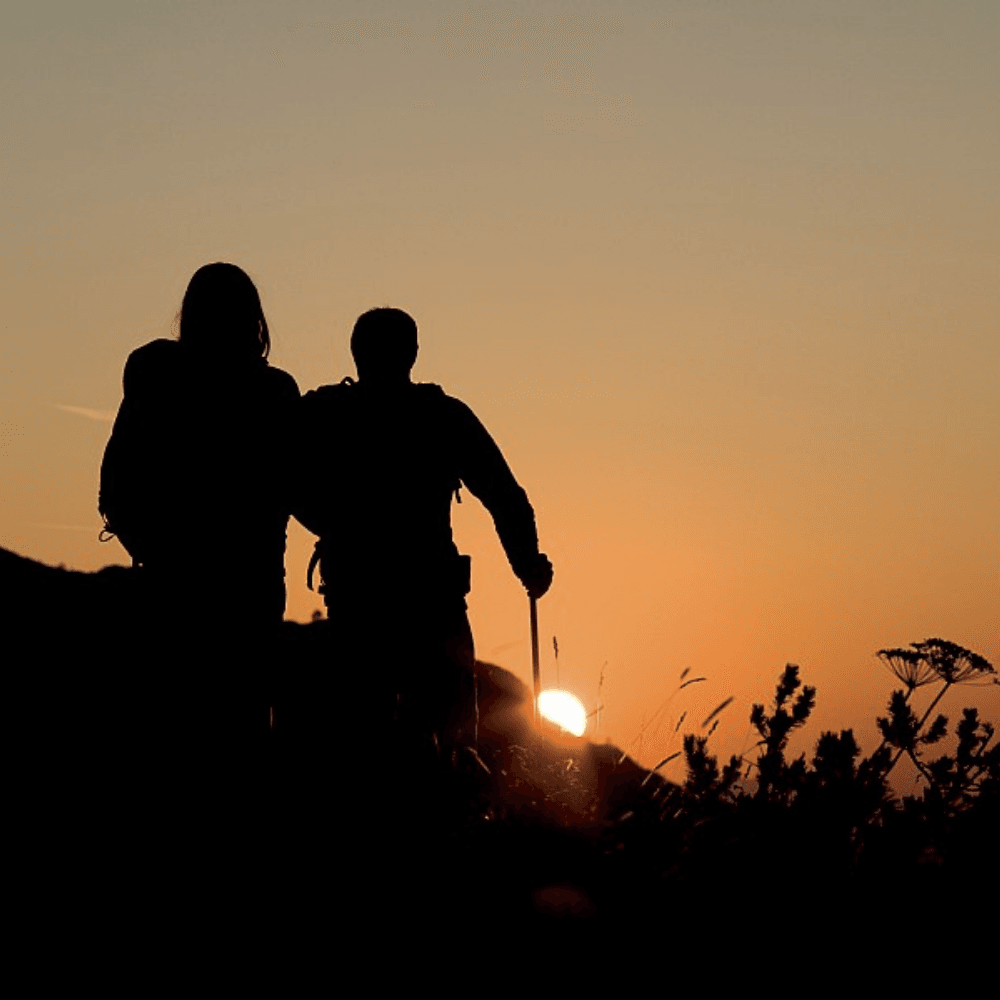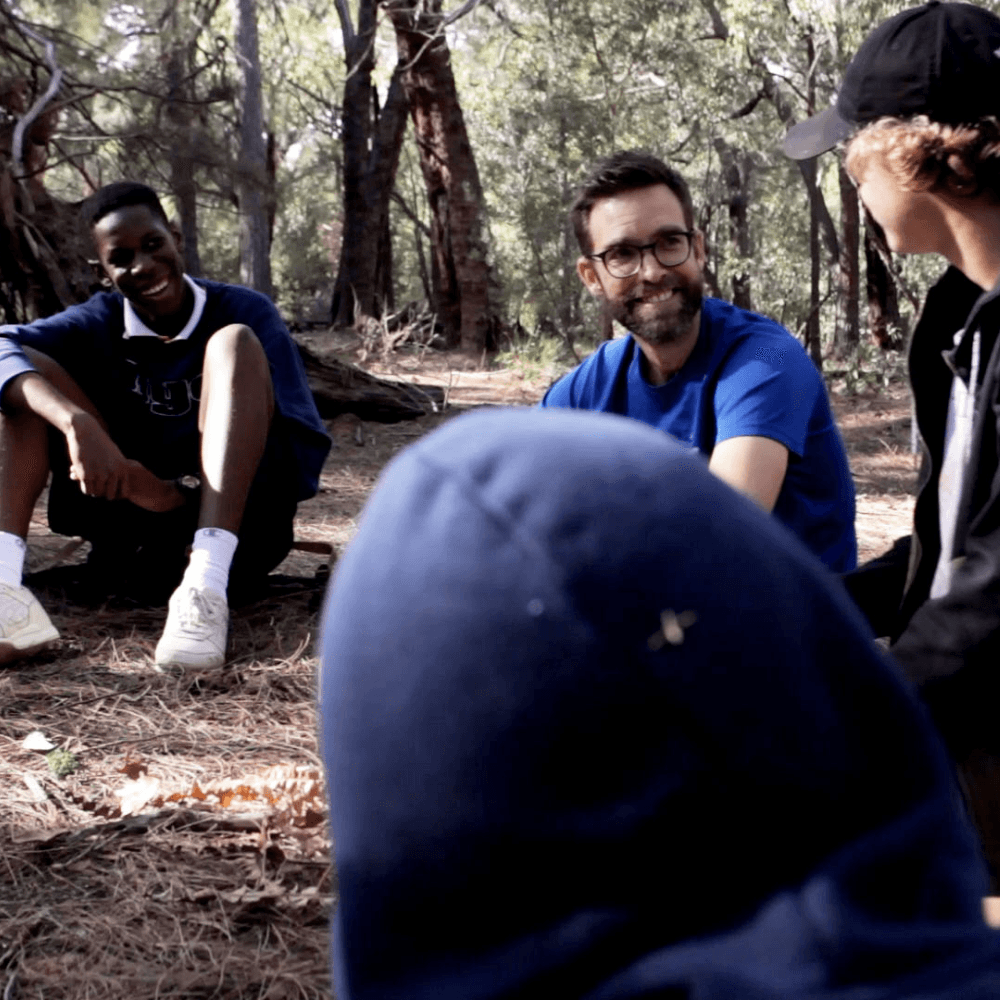From Disconnection to Belonging: Addressing Youth Loneliness and Social Anxiety
Students are more digitally connected than ever, but many feel more alone than ever.
A Year 10 student checks her messages for the tenth time in an hour. She’s surrounded by notifications, followers, emojis—but deep down, she feels isolated. Unnoticed. Alone.
This isn’t a rare case. It’s becoming the norm.
In classrooms, schoolyards, and homes across Australia, young people are battling a creeping sense of disconnection. And the irony is stark: at a time when they’re more digitally connected than any generation before, many are lacking the one thing they need most—true belonging.
Lonely, but Not Alone
Loneliness among young people is no longer a fringe concern—it’s a growing public health issue.
According to the Australian Institute of Health and Welfare, one in four young men aged 15–24 experienced social isolation. Meanwhile, a 2023 report from Ending Loneliness Together revealed that two in five Australians aged 18–24 reported moderate to high levels of loneliness.*
The same report highlighted that many young people feel they don’t have anyone to talk to who truly understands them. Others feel anxious in social settings, unsure of how to express themselves without fear of judgment or rejection.
This sense of isolation doesn’t just affect wellbeing—it impacts everything. Academic performance, self-esteem, decision-making, and long-term mental health are all tied to how connected a young person feels to the world around them.
When “Connected” Isn’t Connection
It’s easy to assume that teenagers today have more support networks than ever—Snapchat streaks, TikTok comments, Discord groups. But research paints a different picture.
The University of Queensland found that excessive social media use in teenagers is strongly linked with increased rates of depression, anxiety, and loneliness.**
What’s more, young people often compare their lives to filtered versions of others’, leading to feelings of inadequacy, exclusion, and shame.
It’s not that social media is inherently harmful. It’s that it can never replicate the emotional safety of face-to-face connection. You can’t read someone’s eyes in a text. You can’t build trust with a filter.
And in this space between “likes” and loneliness, our young people are silently drifting.
The Power of Real-World Belonging
Belonging isn’t just a feel-good concept—it’s a human need.
It’s what tells us we’re safe. That we matter. That we’re part of something larger than ourselves.
In our work at AdventureWorks WA, we’ve seen how belonging changes everything.
We’ve watched students arrive with crossed arms and lowered eyes, wary of the unknown. Maybe they’re used to being invisible in a classroom, or they’ve been burned in their friend groups. Maybe they’ve learned to stay small to avoid the sting of rejection.
But then something shifts.
They’re asked to lead their team through a challenge. They sit around a fire, listening—really listening—as someone else shares a story that sounds a lot like theirs. They climb, fall, laugh, lead, and reflect.
And by the end of the week, they stand taller. Speak louder. Look people in the eye.
Because somewhere along the journey, they found what they were missing: a community that saw them, valued them, and gave them space to show up as they are.
How AdventureWorks WA Builds Connection
Our outdoor learning and wellbeing programs aren’t just about physical challenges—they’re designed around social and emotional transformation.
Here’s how we create connection where it’s often missing:
Shared Challenge
Adventure builds trust fast. When young people face meaningful challenges together—like navigating through bushland or working through group dilemmas—they’re forced to collaborate, communicate, and rely on one another. It’s vulnerability in motion.
Storytelling and Reflection
Our programs create time for real conversations—often around a campfire, under the stars, or during quiet moments. Students reflect on their fears, strengths, and values. And they listen to others do the same. These moments build emotional safety and empathy.
A Place to Belong
We intentionally foster inclusive, judgment-free environments where every young person is acknowledged and supported. It’s not about performance—it’s about participation and presence.
What Can Parents and Educators Do?
Loneliness isn’t always loud. Often, it hides behind perfectionism, withdrawal, or bravado.
But we can create pathways to belonging—both at home and in school.
- Normalize Emotion: Encourage conversations about feelings. Let young people know it’s okay to not be okay—and that asking for help is a sign of strength.
- Prioritize Presence: Real connection requires our attention. Model digital boundaries and create space for undistracted time together.
- Invest in Experiences: Prioritize camps, community events, or extracurricular activities that encourage face-to-face connection and team building.
From Disconnection to Belonging
This generation isn’t broken.
They’re hungry—for meaning, for realness, for people who will sit beside them in both joy and struggle.
And while we can’t solve loneliness overnight, we can offer something powerful: spaces that welcome them in.
Let’s give them more than content to consume. Let’s give them stories to live, challenges to overcome, and communities where they truly belong.
Sources
* https://www.aihw.gov.au/mental-health/topic-areas/social-isolation-and-loneliness
** https://study.uq.edu.au/stories/how-social-media-affects-teenagers





